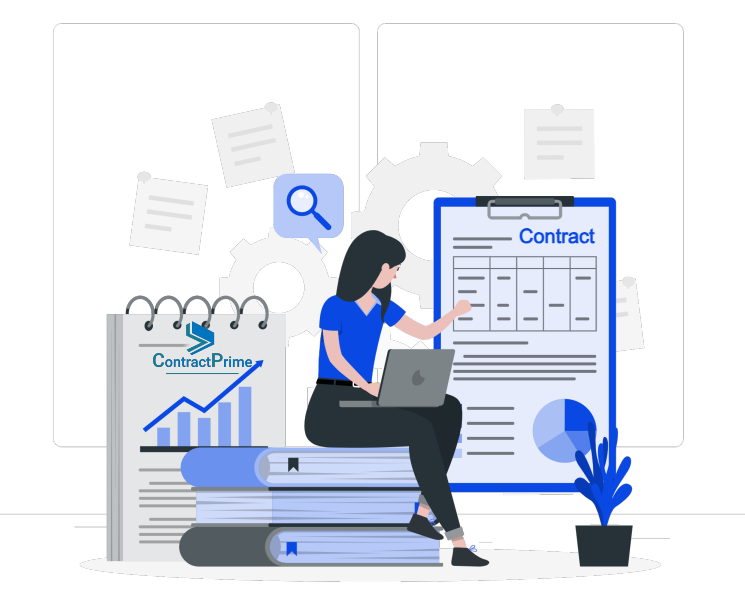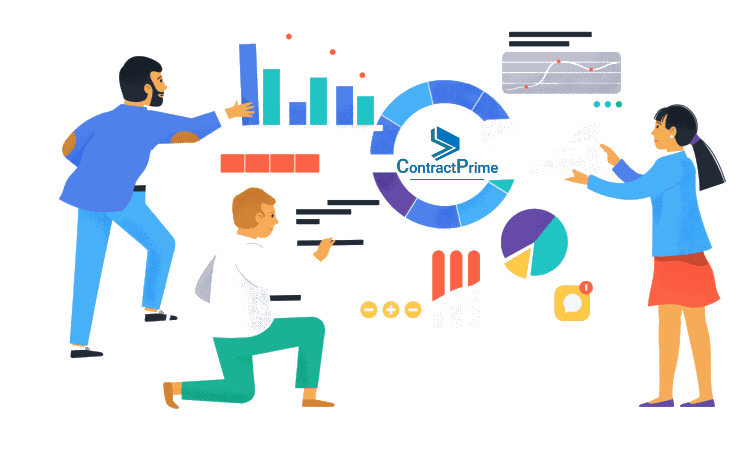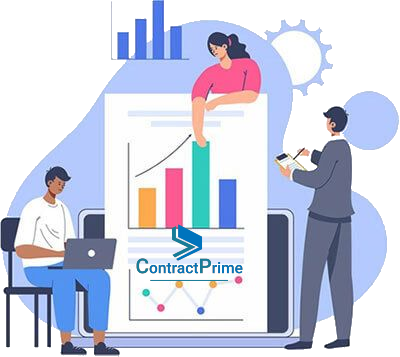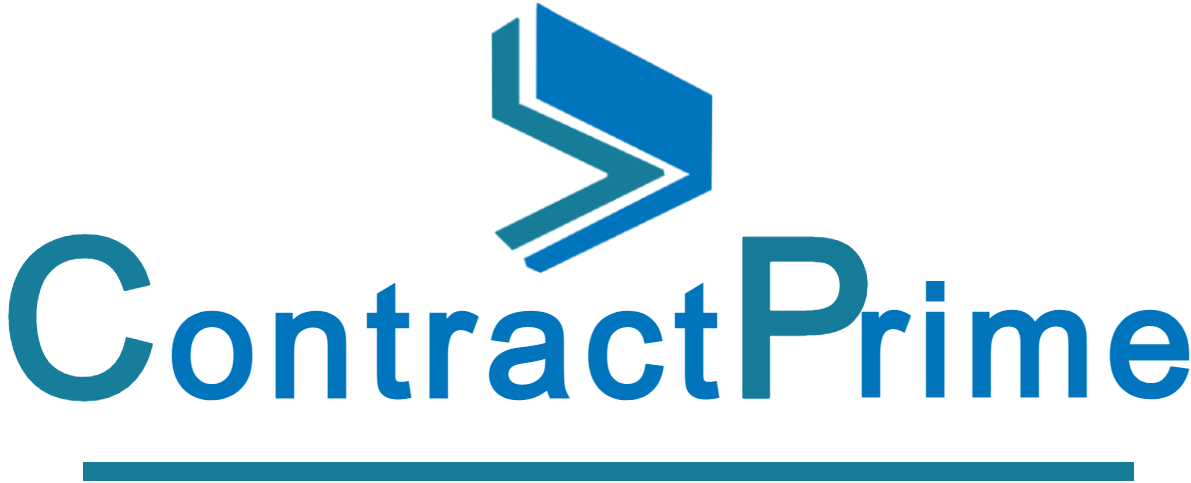Mastering Contract Drafting and Collaboration: Best Practices for Legal Departments
Drafting and collaborating on contracts can be intricate and demanding, often resulting in confusion and disputes when not effectively managed. Without a well-structured and proactive approach, these complexities can quickly give rise to uncertainty and discord among the involved parties.

Written by Knowledge Team, posted on July 19, 2023
Enabling legal departments to become trusted advisors and optimizing the contract management process are attainable through a set of essential best practices. These proven strategies, thoughtfully curated to empower legal departments, can significantly enhance their contract management approach, and solidify their position as valuable contributors within the organization.
The Challenge: Improving Collaboration and Efficiency
Key challenges faced by legal departments is the perception that they slow down business processes. Unclear roles and responsibilities contribute to this perception, leaving other departments unsure of how to request contract drafting, who is responsible for each contract stage, and how to manage contract risks effectively. As a result, collaboration with legal becomes unorganized and complicated, hindering progress. However, bypassing legal can expose the organization to different kinds of risks. To address these challenges, legal departments must prioritize effective communication and collaboration.

Contract Drafting, Collaboration, and Management in the Contract Lifecycle
Effective contract drafting ensures accurate capture of agreement terms, while collaborative contract management enables stakeholders to work together, identify potential issues, and resolve them early on. This reduces misunderstandings and minimizes the risk of disputes. Improved communication and collaboration are crucial for legal departments to support internal clients effectively.
Best Practices for Contract Drafting

Contract Clarity and Understandability
Clear and understandable contracts establish a strong foundation for business agreements, reduce the risk of disputes, foster better collaboration between parties, and protect the interests of all stakeholders. To achieve this:
- Define the scope and objectives of the contract clearly, identifying goals, requirements, and desired outcomes.
- Be clear, concise, and consistent, using unambiguous descriptions and maintaining language and formatting consistency.
- Avoid legal jargon and complex terminology that may lead to confusion or misunderstandings.
Drafting and Administration
Efficient contract administration saves time and money while maximizing the value derived from contracts. Consider the following best practices:
- Assemble a clause playbook to have a centralized location for checking and retrieving critical data from contracts.
- Include dispute resolution procedures and fallback language to specify jurisdiction, outline steps for resolving disputes, and align provisions with contract objectives.
- Establish ownership, storage, and access details to ensure accountability, prevent confusion, and protect against unauthorized access.
- Maintain access to the latest contract template version, store templates in one place with access permissions, and prevent the use of outdated versions.
- Ensure data consistency and availability by keeping contract-related data in one place, using standardized fields, providing stakeholders with access to the latest information, and conducting regular data audits.
Contract Automation and Improvement
Contract automation revolutionizes contract management workflows, reducing human error, and enhancing overall efficiency. Consider these best practices:
- Use standardized language and pre-approved dynamic templates to save time and improve efficiency while ensuring compliance with stakeholder requirements.
- Leverage generative AI for contract drafting, training the technology on relevant data, and reviewing results with human oversight to ensure quality outputs.
- Empower non-legal teams with proper training, pre-approved templates, and guidelines to handle low-value contract drafting, reducing costs, and saving time.
- Integrate contract drafting based on legal document automation with other lifecycle processes using contract management software, enabling seamless flow, better collaboration, and decision-making.
Best Practices for Contract Collaboration
Effective contract collaboration involves a team effort from stakeholders across the organization. Consider the following best practices to enhance collaboration:

- Centralize the contract repository to facilitate collaboration, improve version control, and avoid confusion caused by multiple document versions.
- Establish clear contract roles and responsibilities, allowing relevant stakeholders to focus on their areas of expertise, improving accountability, collaboration, and contract outcomes.
- Create clause playbooks outlining standard contract terms, explaining each clause, and establishing fallback positions to promote consistency, reduce negotiation time, and increase the likelihood of reaching an agreement.
- Lessen dependence on emails by utilizing collaboration tools for real-time redlining, commenting, task assignments, and file sharing, streamlining contract operations and improving efficiency.
- Keep stakeholders informed about contract progress through real-time notifications and centralized communication channels, enhancing transparency, turnaround times, collaboration, and issue resolution.
- Establish conditional approval flows, automating approval processes for low-risk contracts and routing high-risk contracts to appropriate individuals for review, improving transparency and accountability.
- Make collaboration easier for clients by providing the right tools with features like internal and external comments, separate review assignments, version control, and compatibility with common document formats.
- Simplify the signature process with e-signatures, making it faster and more convenient for all parties involved while providing an audit trail to reduce the risk of disputes.
- Build a clause library with pre-approved clauses and provisions for faster document review and improved compliance across the organization, enabling easy swapping of clauses.
- Effective contract management is a continuous process that requires legal departments to adapt and stay updated with new technologies, regulations, and business dynamics. By empowering teams with the right tools, fostering clear communication, and promoting collaboration, legal departments can transform contracts.
Legal Tech for Contract Collaboration

ContractPrime, a cutting-edge legal ops platform, provides an all-encompassing contract management solution all available on Microsoft 365. Effortlessly achieve the best practices with ContractPrime’s advanced legal technology and collaboration tools. Streamline contract drafting, enhance communication, and minimize disputes using ContractPrime’s contract automation capabilities. Benefit from AI-driven insights that optimize terms for mutual advantage. Centralized repositories ensure easy contract access, fostering seamless collaboration and reducing complexities. Embrace legal tech to empower your legal teams as trusted advisors, elevating contract management to unmatched levels of efficiency and success.
